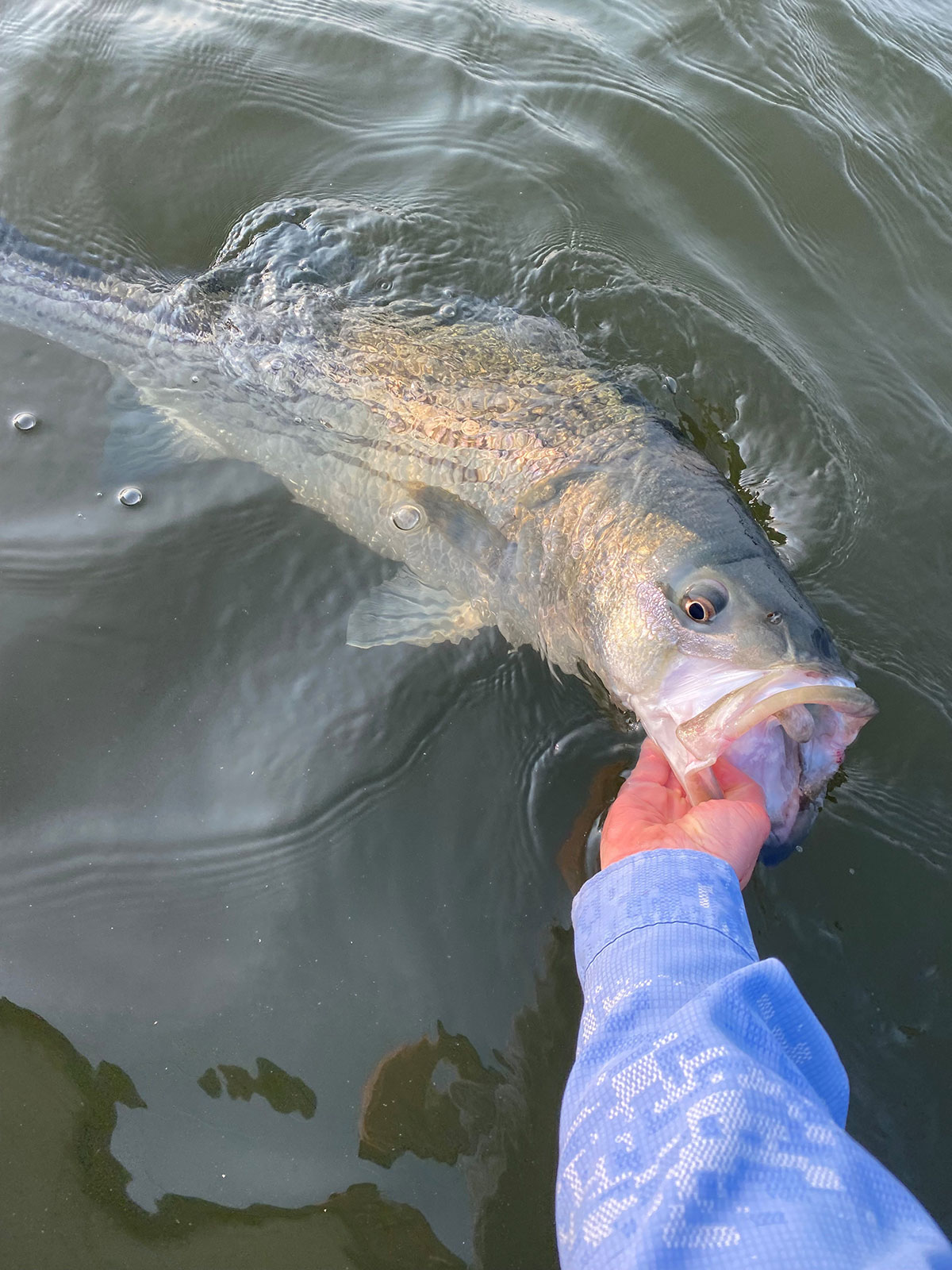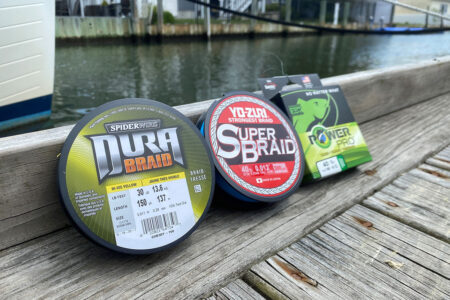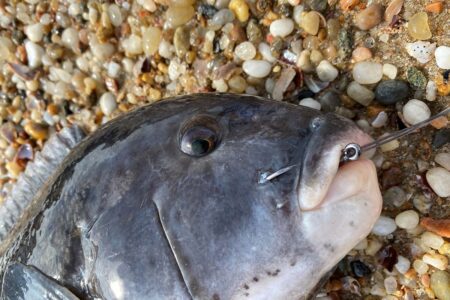
Release thoughts to keep in mind for ’24.
With release mortality statistics being a big part of fisheries management decisions, it is up to every angler to try to do their best to ensure a successful release. With the young of the year index for striped bass being at a low right now in the Hudson River and Chesapeake spawning grounds, it is imperative for anglers to handle these great fish with care, and that goes for any fish species if we want their populations to thrive. Over the past year, I’ve witnessed some really bad practices when it came to caring for and reviving striped bass. It was disturbing, to say the least. I think most of these incidents were a result of just not knowing the basics of careful handling of the fish. I’ve listed what I believe are some key points to consider when it comes time to handle the fish after landing them.
Protect The Slime
This is a protective layer that covers the surface of a fish, serves to protect against bacteria and parasites, and also enables a fish to glide through the water with minimal resistance. To avoid damaging this critical layer of mucus, an angler should avoid using a dry rag or gloves to hold the fish, as this can remove some of this layer, possibly leaving the fish open to pathogens that could prove deadly. There has been much heated debate about this subject, and with no scientific consensus that I’ve seen, I always avoid using anything dry to touch or handle the fish. Another subject of scrutiny is sand. It should go without saying that a fish covered in dry sand is probably not going to fair well after release. Wet sand definitely seems to be better for the fish, as long as they are not dragged along it, which will damage their slime coat.
Avoid The Gills
The gills are a very sensitive organ that should not be touched. If you are lifting a fish by the gill plates, try to avoid touching the actual gills by being extra careful where your fingers are positioned, and with a large fish, support the body with your other hand. This will ensure that the entire weight of the fish is not on the gill plate. Remember, they are out of their element, and they’re no longer being supported by the buoyancy of the water, this can do damage as well. Really, the best practice would be to avoid holding the fish by the gills at all, but sometimes it’s unavoidable and those are the times when we need to exercise the most caution.
Reviving
When moving a fish to get water moving over the gills, keep the fish moving forward. A figure eight pattern will facilitate this and will bring much needed oxygen to the fish after the fight. Try to avoid a backwards movement. Hold by the tail and continue as long as it takes. The fish will let you know when it’s ready by bolting out of your grip. Allow more time in warm water conditions or after a long fight.
“Throwing” Them Back
How many times have you seen someone heave a fish back into the water from a pier, jetty or even a bridge!? This is a big problem for a fish and should never be done. It happens a lot on jetties when an angler brings a fish up onto the top of the rocks. It is unhooked and then tossed back in the water without any resuscitation. The impact of hitting the water, coupled with the lack of oxygen replenishment, is certainly not doing the fish any favors and could prove lethal. I watched a 40-plus pound striper ‘released’ from a jetty in this manner and we all saw it floating away belly up after the angler kept the fish out the water way too long and flung it back into the water. made it even worse was that there was easy access to the surf just a short walk away, where it could have easily been revived.
Other Thoughts
For plug fishermen, consider single hooks for rear and one treble or inline hook for belly. Crushing barbs goes a long way in helping the fish and fishermen in the unhooking process. If you want to get pictures, do it as quick as possible. Limiting the time the fish is out of the water will greatly improve the chances of a successful release.



